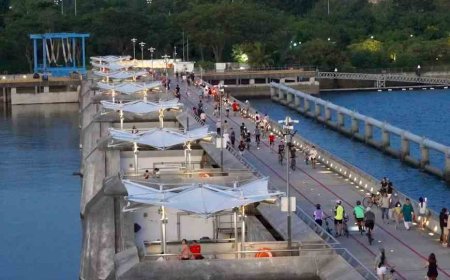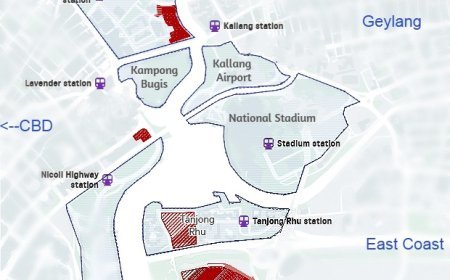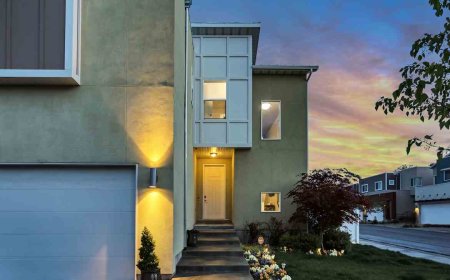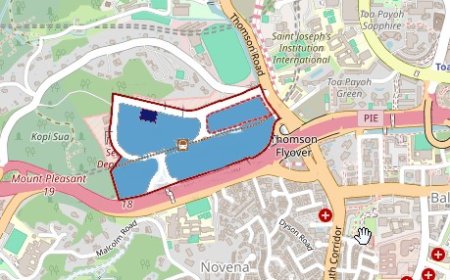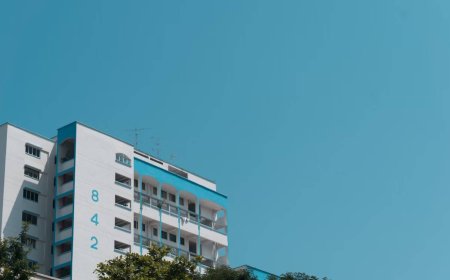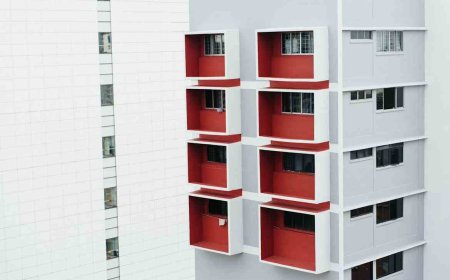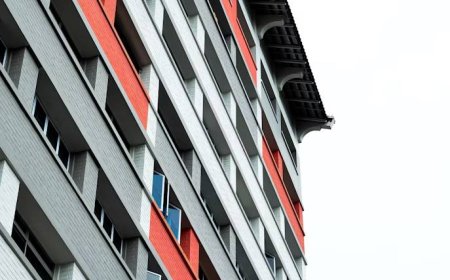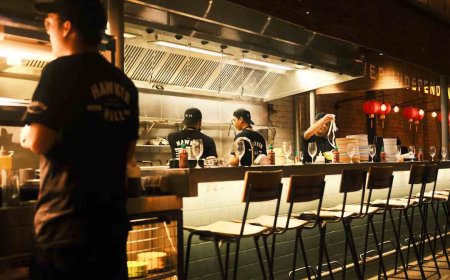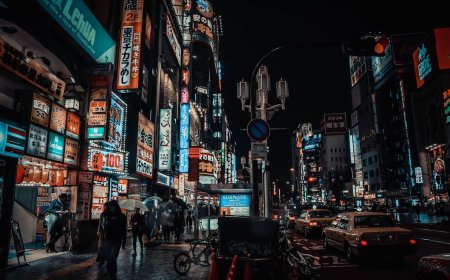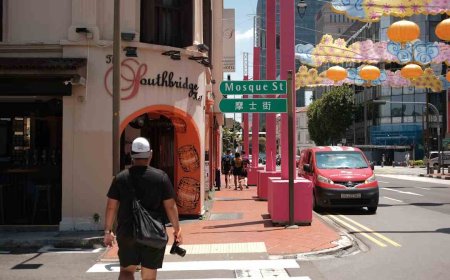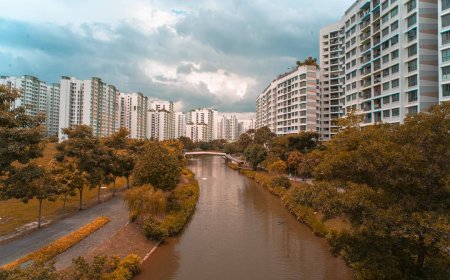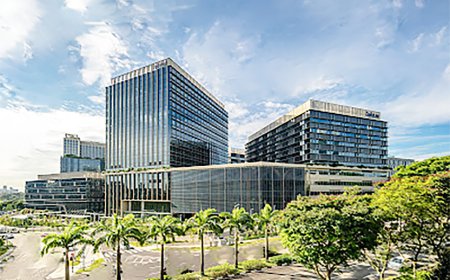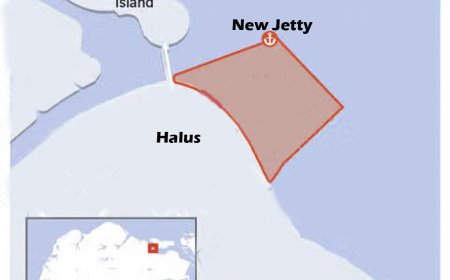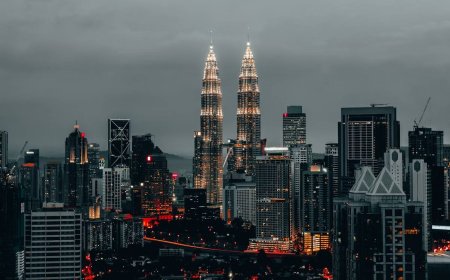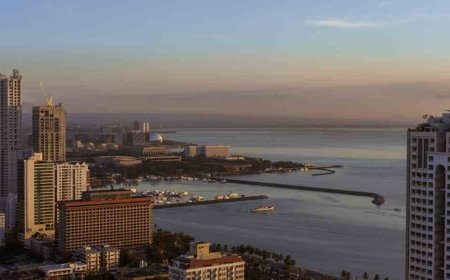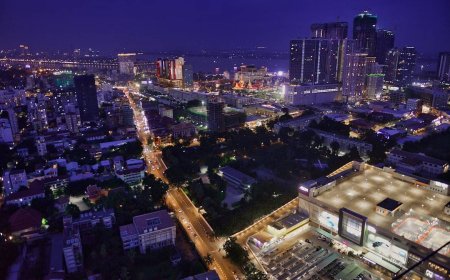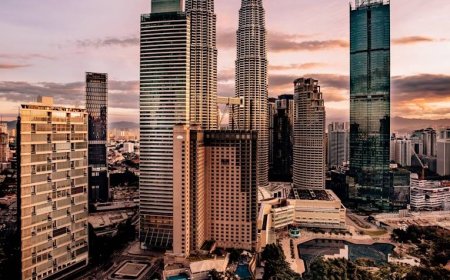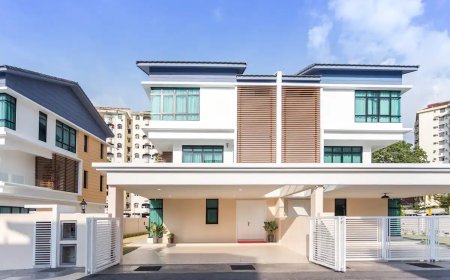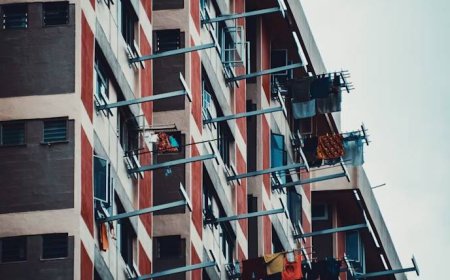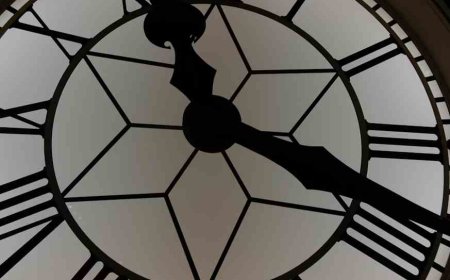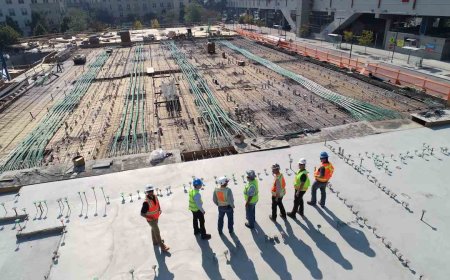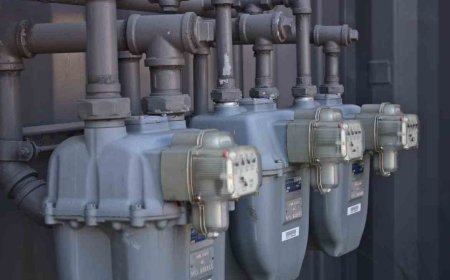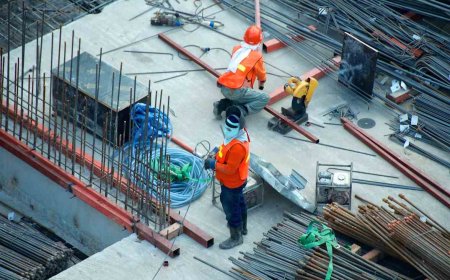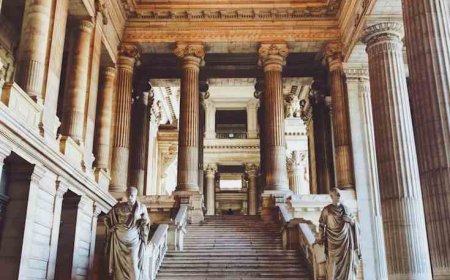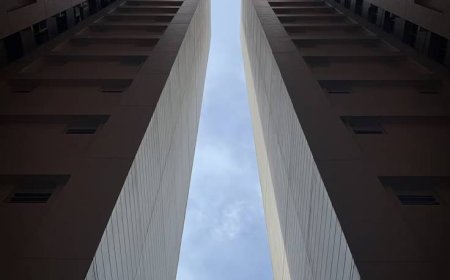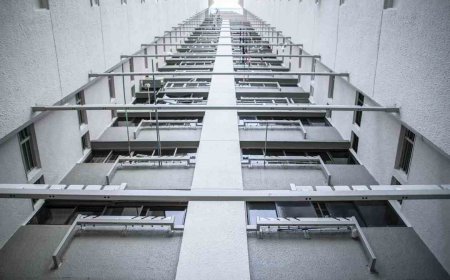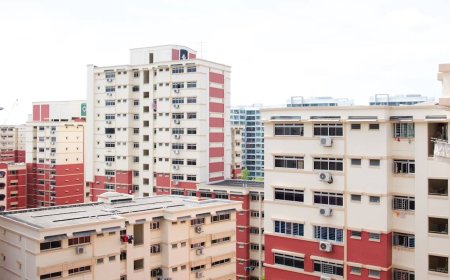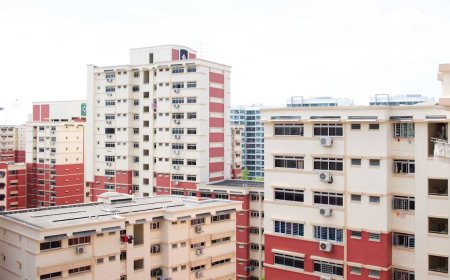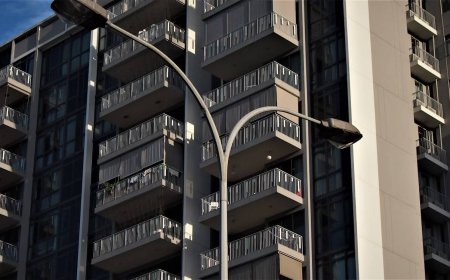Voluntary Early Redevelopment Scheme (VERS) Expected to Begin with Pilot Sites in Early 2030s
Singapore’s VERS will begin in the early 2030s with pilot projects for ageing HDB flats. Learn how this voluntary scheme differs from SERS, the estates likely to be first, and the role of HIP II upgrades.
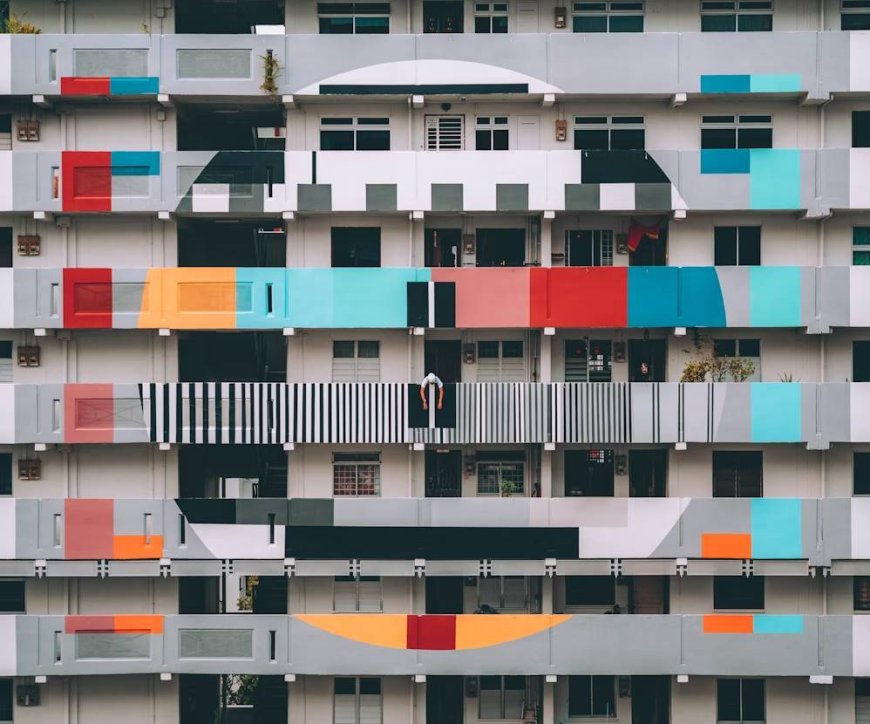
The redevelopment landscape for Singapore’s Housing and Development Board (HDB) flats is set for a significant transformation. The Government’s Voluntary Early Redevelopment Scheme (VERS) is expected to be implemented in the first half of the 2030s, starting with a limited number of selected precincts.
This approach marks a strategic shift away from the long-standing Selective En bloc Redevelopment Scheme (SERS), which will not see new projects in the foreseeable future. Instead, national housing policy will prioritise a gradual, voluntary approach to replacing ageing flats before their 99-year leases expire.
Step-by-Step Breakdown of the New Redevelopment Direction
Step 1: Understanding the Shift from SERS to VERS
-
SERS began in 1995 as a compulsory redevelopment initiative where the Government could select specific HDB precincts for clearance and rebuilding.
-
Under SERS, flat owners received market-value compensation and were offered the option to buy replacement flats with fresh 99-year leases, often located nearby.
-
However, only about 5% of HDB flats have ever been eligible for SERS due to redevelopment potential and location constraints.
-
With most high-potential sites already redeveloped, there is now limited scope for future SERS projects.
Step 2: What VERS Will Offer
-
VERS will target flats aged around 70 years or older.
-
Participation will be voluntary and subject to residents voting in favour of Government buyback for redevelopment.
-
Compensation is expected to be lower than SERS because VERS flats will be significantly older when acquired.
-
The scheme aims to manage lease decay and maintain estate vibrancy without forcing a large-scale relocation in a short period.
Step 3: Projected Rollout Timeline
-
2020s – 2030:
Authorities will design the VERS framework, including eligibility criteria, compensation structures, and rehousing options. Public consultations will be conducted to gather feedback from residents. -
Early 2030s:
Initial VERS projects will begin with a few selected estates to test the scheme’s processes. -
Late 2030s:
The scheme will be progressively expanded to other precincts across Singapore, with redevelopment staggered over decades rather than condensed into a few years.
Step 4: Targeted Estates for Early Implementation
Older HDB towns built in the 1970s and 1980s are the most likely candidates for early VERS projects. These include:
| Town / Estate | Notable Age Profile | Potential First-Mover Status |
|---|---|---|
| Ang Mo Kio | Many blocks built in late 1970s | Likely to have precincts hitting 70 years by 2030s |
| Bedok | Large clusters from early 1980s | High density of ageing flats |
| Tampines | Some early phases from mid-1980s | Strong community facilities nearby |
| Yishun | Town centre flats from late 1970s | Well-connected to replacement housing options |
| Tanjong Rhu | Early 1960s low-rise and flats | Among the oldest public housing stock |
| Tiong Bahru | Iconic 1960s walk-up flats | Heritage considerations may influence redevelopment pace |
| Dakota | Built in the early 1960s | Flats reaching end of lease period within 10–15 years |
Some of Singapore’s oldest flats, such as those in Tanjong Rhu, Tiong Bahru, and Dakota, were built in the early 1960s and will be nearing 70 years old by 2030.
Step 5: Redevelopment Approach
The Government intends to build replacement flats close to existing homes to minimise disruption. Once residents relocate, the vacated precincts will be redeveloped to house residents from subsequent VERS projects.
This staged approach will prevent a sudden housing crunch and avoid mass displacement in any single town.
Home Improvement Programme II (HIP II)
VERS will work alongside the second round of the Home Improvement Programme (HIP II), which will upgrade flats between 60 to 70 years old to remain liveable until potential redevelopment.
Key features of HIP II include:
-
More extensive repairs than the first HIP (done at around 30 years)
-
Use of corrosion-resistant methods for concrete repairs
-
Adoption of advanced detection technologies, such as microwave scanning, to locate hidden concrete defects and trace water seepage paths
-
Exploration of new building maintenance solutions tailored for older flats
Flats could undergo HIP II even if they are later included in VERS, ensuring residents enjoy safe and comfortable living conditions until relocation.
Why This Matters
The transition from SERS to VERS represents a long-term housing sustainability strategy.
-
For residents – It provides greater say in redevelopment decisions and ensures smoother relocation planning.
-
For the Government – It spreads out redevelopment costs over decades while preserving housing supply stability.
-
For future generations – It ensures that ageing estates are renewed in a controlled, financially sustainable manner.
Comparison of SERS, VERS, and HIP in Singapore Public Housing
| Feature | SERS (Selective En bloc Redevelopment Scheme) | VERS (Voluntary Early Redevelopment Scheme) | HIP (Home Improvement Programme) |
|---|---|---|---|
| Purpose | Redevelop selected ageing HDB estates to optimise land use and provide new housing opportunities. | Allow residents to vote for early redevelopment of ageing flats before lease expiry. | Upgrade and repair ageing flats to ensure safety, improve living conditions, and enhance facilities. |
| Initiation | Initiated by HDB; residents cannot request it. | Initiated by the government, but implemented only if majority of residents agree. | Initiated by HDB when flats reach a certain age (usually 30+ years). |
| Eligibility | Only for selected precincts identified by HDB. | For flats aged around 70 years, nearing the end of their 99-year lease. | Typically for flats 30 years old or older. |
| Compensation / Subsidy | Residents get compensation for their flats based on market value, plus a replacement flat with subsidies. | Residents receive compensation based on market value and get the option to buy a new flat with subsidies. | Government covers most upgrading costs; residents pay a small co-payment based on flat type. |
| Relocation | Mandatory relocation to a new flat (usually nearby). | Mandatory relocation if residents vote for VERS. | No relocation required; works carried out while residents stay in their homes. |
| Voting Required | No voting – HDB decision is final. | Yes – requires a majority approval from residents. | No voting – automatically implemented in selected precincts. |
| Example Estates | Tanglin Halt, Dakota Crescent, MacPherson Lane. | Not yet implemented – potential candidates could include estates like Marine Parade or Bukit Merah in future. | Yishun, Hougang, Bedok, Bukit Merah. |
| Main Benefit | New flat with fresh 99-year lease and modern facilities. | Gives residents choice over early redevelopment. | Extends the lifespan of existing flats without moving. |
| Main Drawback | Only applies to a very small percentage of flats; unpredictable. | Details on compensation and eligibility still uncertain as scheme is future-planned. | Temporary inconvenience during upgrading works; no lease extension. |
FAQ – VERS and HIP
1. What is the main difference between SERS and VERS?
SERS is compulsory and offers market-value compensation for selected estates with high redevelopment potential. VERS is voluntary, aimed at older flats with less redevelopment value, and requires residents’ approval via a vote.
2. How old must my flat be before it can be considered for VERS?
Generally, about 70 years into the 99-year lease. The Government will decide exact eligibility criteria closer to launch.
3. Will my precinct automatically qualify for VERS once it reaches 70 years?
No. Only certain precincts will be chosen each year based on urban planning needs, location, and redevelopment feasibility.
4. How much compensation will I get under VERS?
Exact amounts will depend on market conditions, flat condition, and remaining lease. It will generally be lower than SERS payouts because VERS flats are older.
5. What happens if my precinct votes “No” to VERS?
If residents reject the offer, flats will continue to be maintained through HIP II and other upgrades until lease expiry.
6. Can my flat undergo HIP II and later join VERS?
Yes. HIP II ensures flats remain safe and comfortable until they are redeveloped under VERS or until their lease ends.
7. Where will I live after my flat is redeveloped under VERS?
You will be offered a replacement flat, usually in a nearby area, with a fresh 99-year lease. The Government aims to ensure minimal disruption to residents’ daily lives.
8. Can I request my estate to be included in SERS or VERS?
No. For SERS, only HDB decides which estates are selected based on redevelopment potential. For VERS, the Government will identify eligible estates in the future. Residents cannot request inclusion in either scheme.
9. Does HIP extend my flat’s lease?
No. The Home Improvement Programme (HIP) focuses only on upgrading and repairing the flat to extend its liveability, not the lease duration.
10. How much will I need to pay for HIP?
The Government heavily subsidises HIP costs. Flat owners pay only a small portion based on flat type. For example, 3-room flat owners usually pay less than 10% of the total cost.
11. When will VERS start?
VERS has been announced but will likely begin in the 2030s, when more flats approach 70 years of age. The full details of compensation and eligibility have not yet been released.
12. If my estate is chosen for SERS, can I refuse to move?
No. SERS requires all residents to relocate, as the estate will be redeveloped. However, residents receive compensation and the option to buy a replacement flat at subsidised prices.
13. Can HIP be done more than once?
Yes, but typically each estate undergoes HIP only once in its lifetime. A second round, called HIP II, may be introduced when flats reach about 60–70 years old.
14. Will HIP disrupt my daily life?
There will be temporary inconvenience, such as noise and dust, but residents can continue living in their homes during the upgrading works.
Algene Toh
Disclaimer: The information presented on BSR2.com is intended for general informational purposes only. It does not constitute legal, financial, investment, or real estate advice and should not be relied upon as such. While every effort has been made to ensure the accuracy, reliability, and completeness of the content at the time of publication, all data is derived from publicly available sources and may be subject to change without notice. BSR2.com makes no representations or warranties of any kind, express or implied, regarding the suitability, timeliness, or accuracy of the information provided for any specific purpose. Users are strongly encouraged to seek independent advice from qualified professionals before making any decisions based on the content found on this website. BSR2.com shall not be held liable for any loss, damage, or consequence, whether direct or indirect, arising from the use of or reliance on the information provided. The content is intended as a general guide and does not take into account individual circumstances.
What's Your Reaction?
 Like
0
Like
0
 Dislike
0
Dislike
0
 Love
0
Love
0
 Funny
0
Funny
0
 Angry
0
Angry
0
 Sad
0
Sad
0
 Wow
0
Wow
0
